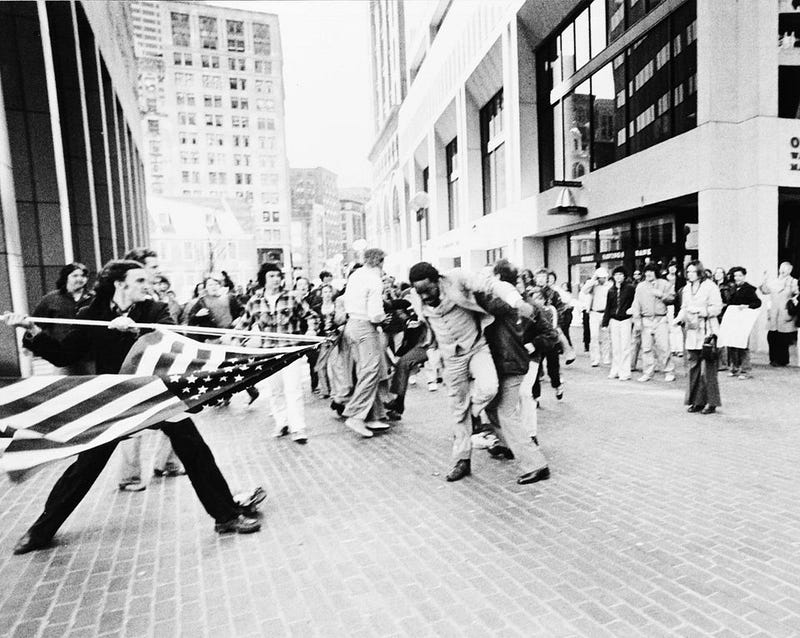
The question “What is racism?” is an important one, as well as a daunting one that few have a concrete answer to. In the spirit of attempting to dispel some misconceptions about racism and to come up with a better definition for this vital phrase, the Days-Massolo Center held its second “What Is” series lecture on the topic on Wednesday, Sept. 26. The “What Is” series allows Hamilton professors to address some of the most important questions in our current political climate. This lecture was delivered by Professor A. Todd Franklin, Christian A. Johnson Excellence in Teaching, Professor of Philosophy and Africana Studies, and Chair of the Africana Studies Department. The lecture addressed the issue of racism with an exceptional degree of nuance, leaving all who attended more aware of the various permutations of racism in our society and history.
The lecture was not a concrete answer to the complex question of what racism is, but rather the beginning of a much broader discussion. At the beginning of the lecture, Franklin invited the audience to define the term “racism” and was receptive and encouraging of the ideas presented. As Professor Franklin continued in the lecture, he allowed those in the audience to give their perspective on the content he presented.
This initial question provoked a number of responses from members of the audience, many of whom varied drastically in their thoughts. One audience member defined racism as, “A system of oppression based on race.” Another: “Prejudice put upon a minority ethnicity.” Others continued in a similar vein. Professor Franklin listened to all of these answers, and agreed with them, but did not endorse any of these as the answer to the question, “What is racism?” This, he said, would require more exploration.
After taking responses from the audience, Professor Franklin gave his own outlook. He began by showing a picture [shown with this article].
For those unfamiliar, this image is known as
The Soiling of Old Glory
. Stanley Forman, a photographer for the
Boston Herald American
, took the photo while covering the widespread protests throughout Boston in response to the court-ordered desegregation of buses. It ran on the front page of the
Herald
the next day, as well as in other newspapers nationwide, and later won the Pulitzer Prize in 1977 for Spot Photography.
The photograph depicts the assault of civil rights attorney Ted Landsmark by South Boston teenager Joseph Rakes on April 5, 1976 in front of a crowd of onlookers. Rakes is assaulting Landsmark with an American flag that he brought from home to protest the court-order, while Jim Kelly, who appears to be holding Landsmark, is actually trying to help him out after being first hit by Rakes.
Professor Franklin drew our attention to a few important details about the picture. First, it happened in Boston, a major metropolitan area in the Northeast. It also occurred in 1976, well after the time of the Civil Rights Movement. It happened in front of the City Hall. In particular, Professor Franklin noted the old woman on the right side of the picture. She is not directly engaged in the event, but she is not lost in the crowd either. She is separate from the crowd, merely looking at the events unfolding before her.
The Soiling of Old Glory
presents a typical picture of racism, particularly in how it features subjects. The photo features individual people acting against and in response to each other, but this is not the only way racism reveals itself in American society. Professor Franklin next presented a graphic created by
The New York Times
. The graphic tracked the lives of 10,000 African-American and white boys, divided evenly across different economic upbringings. The graphic showed that even if the participants of the graphic had equal footing in the beginning, the African-American children were universally more likely to wind up poorer as adults. The important difference between this example and
The Soiling of Old Glory
, is that no individual actors were necessary. This was perpetrated by a system upon a group of individuals.
To end the lecture, Professor Franklin proposed one new idea for what racism is: racism is disregard. Racism is not necessarily hatred or prejudice, but more relevantly, racism is an apathy. Professor Franklin proposed that racism is an indifference, that the hatred that many people associate with racism is a frustration.

















